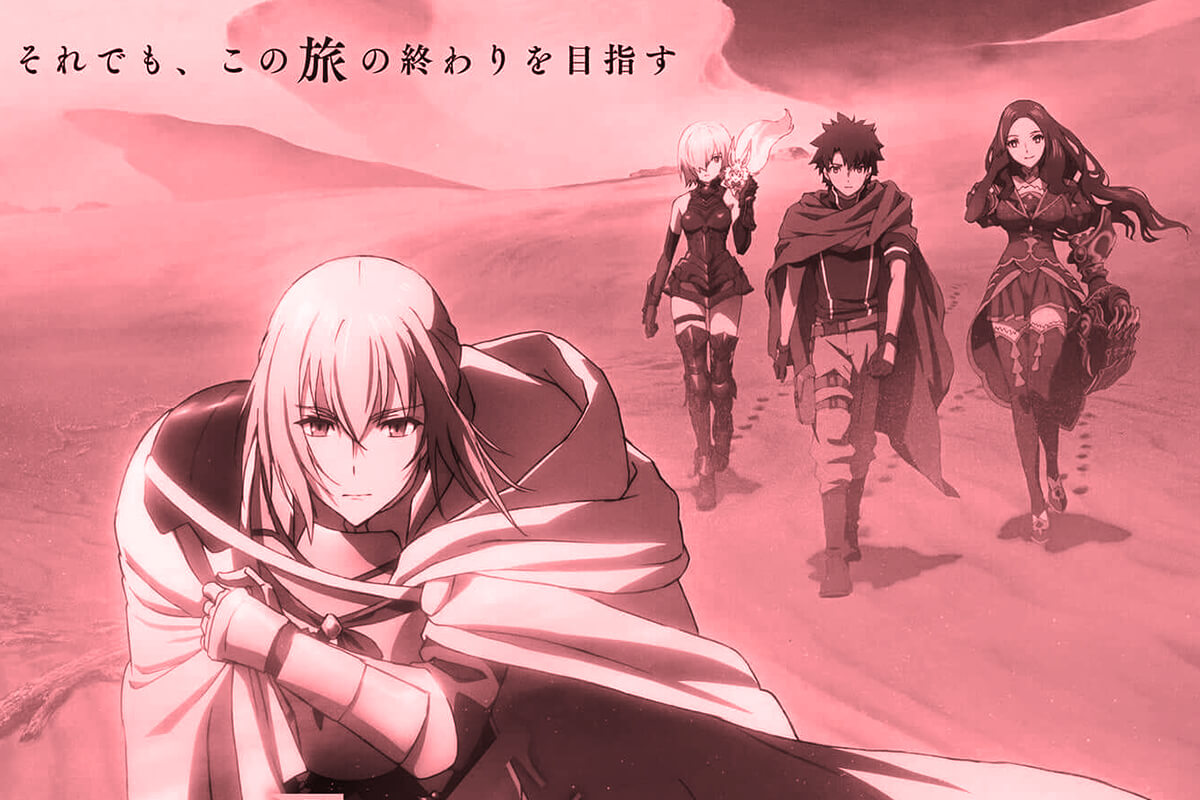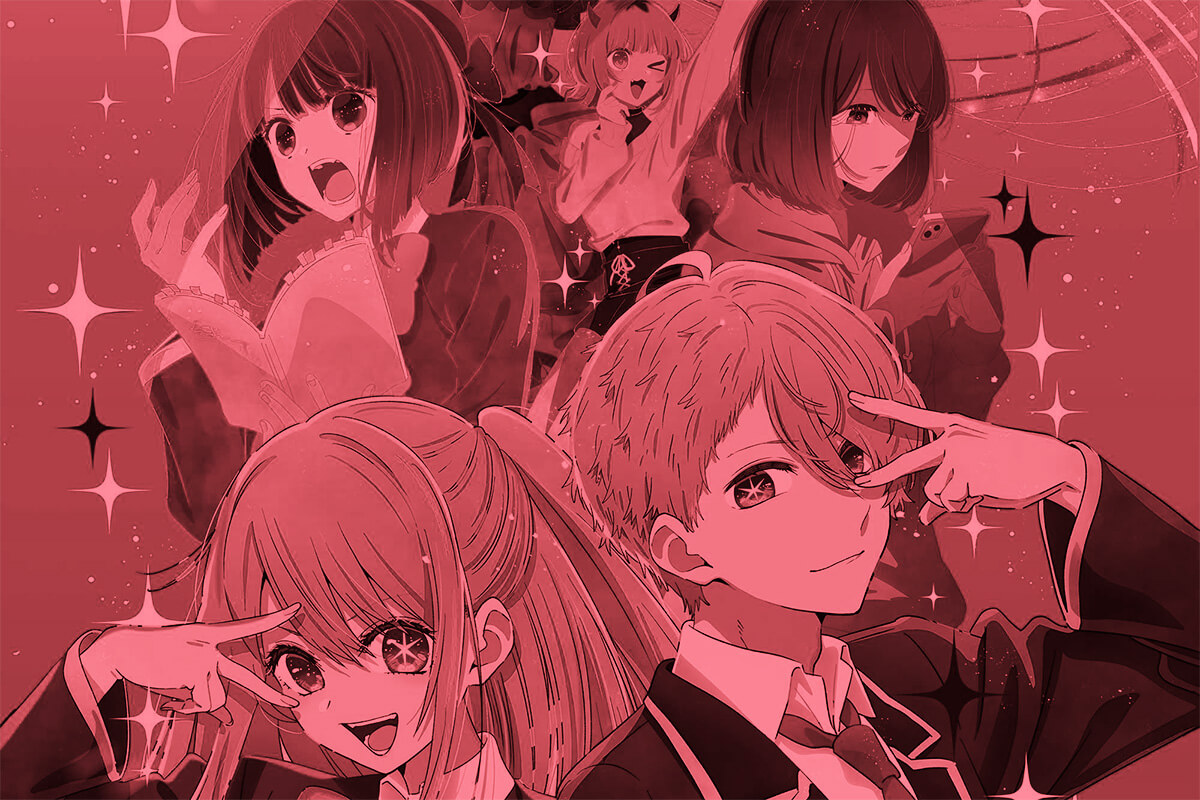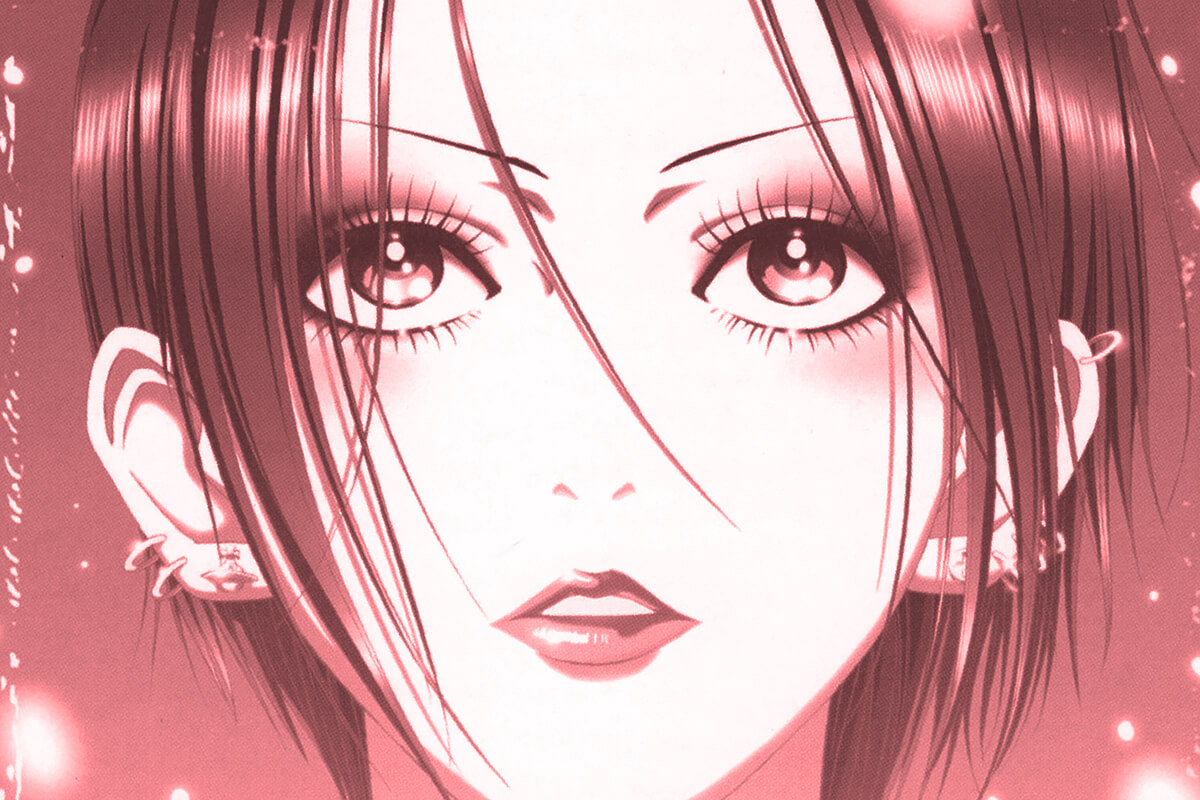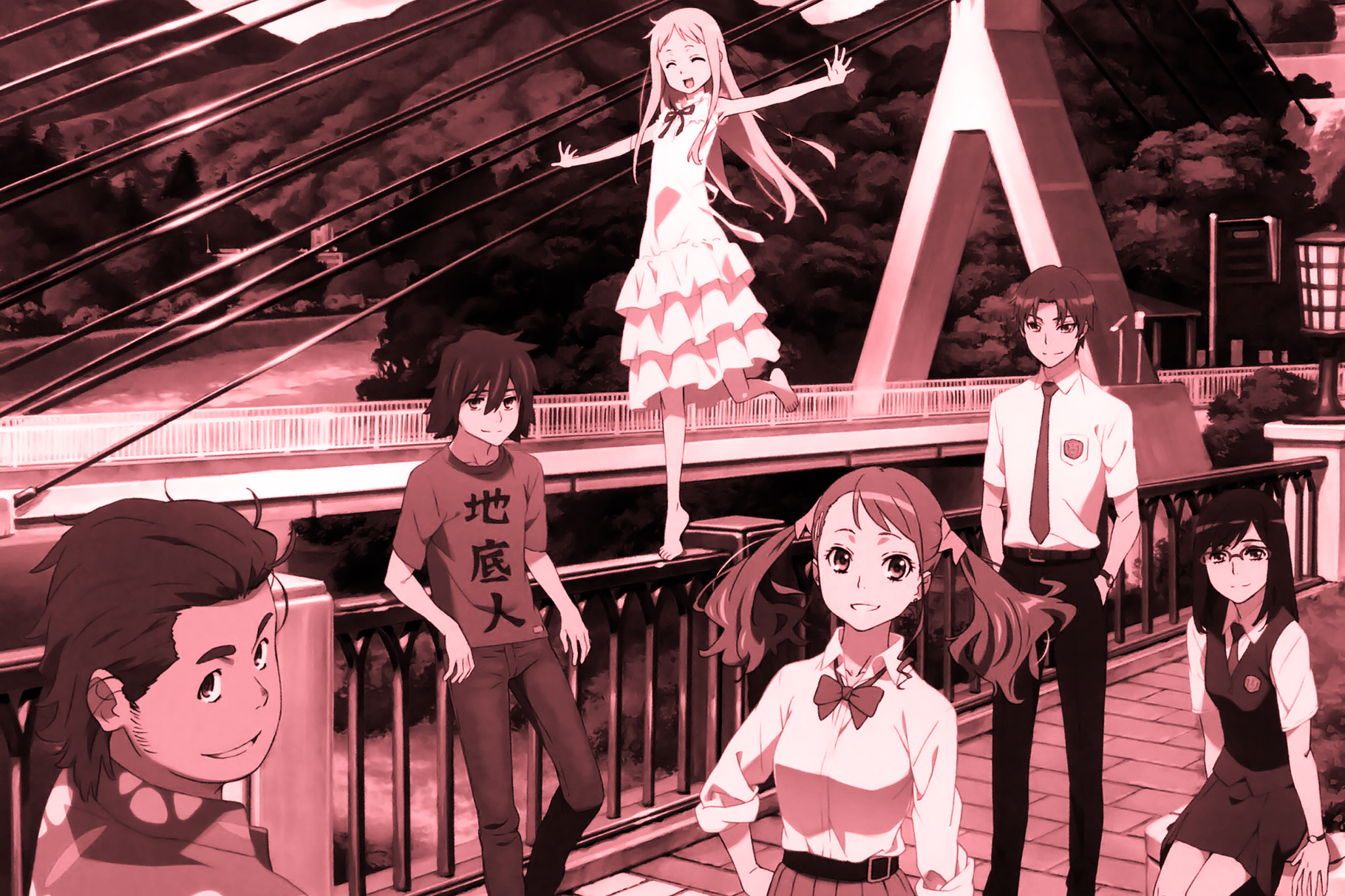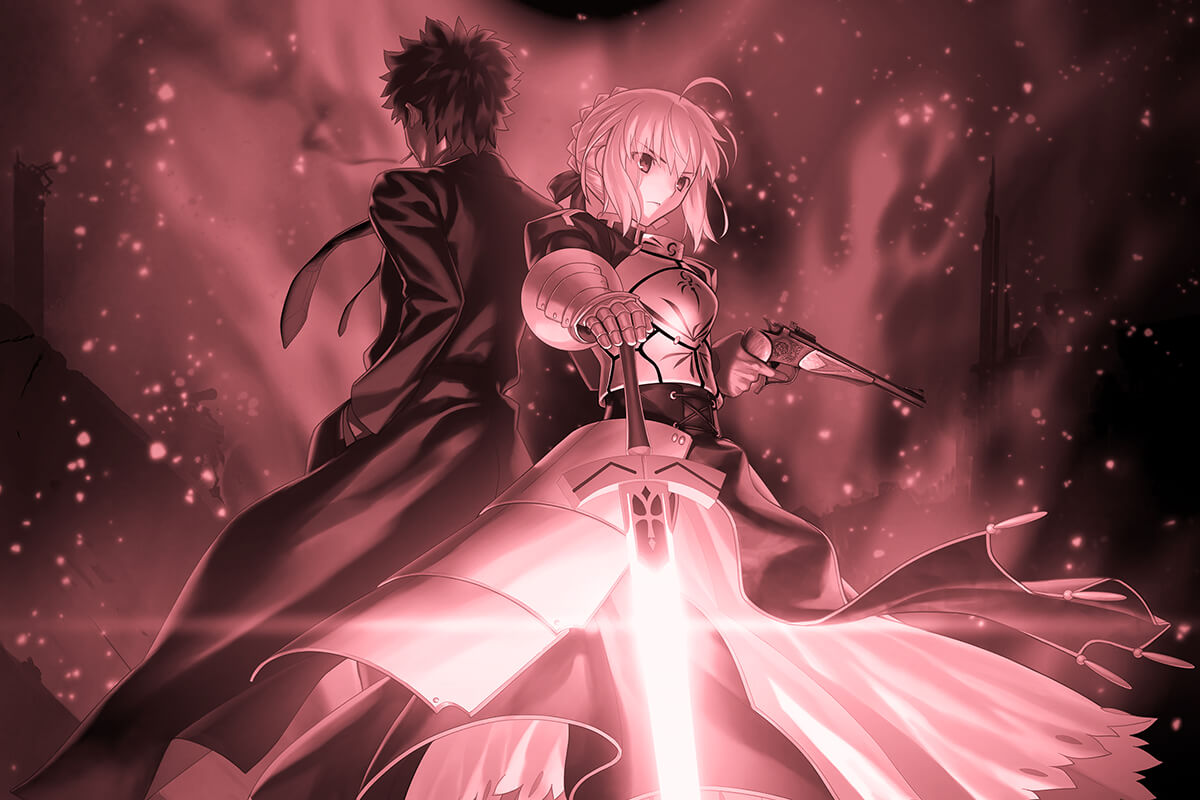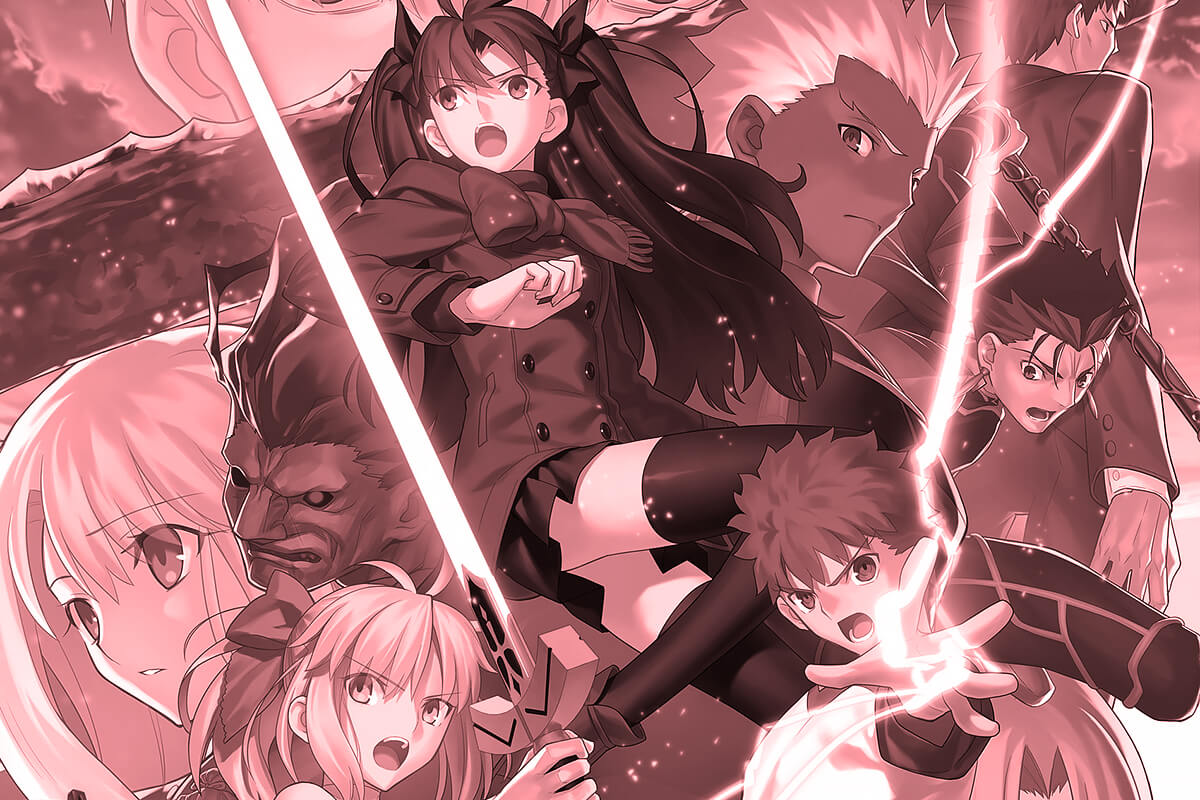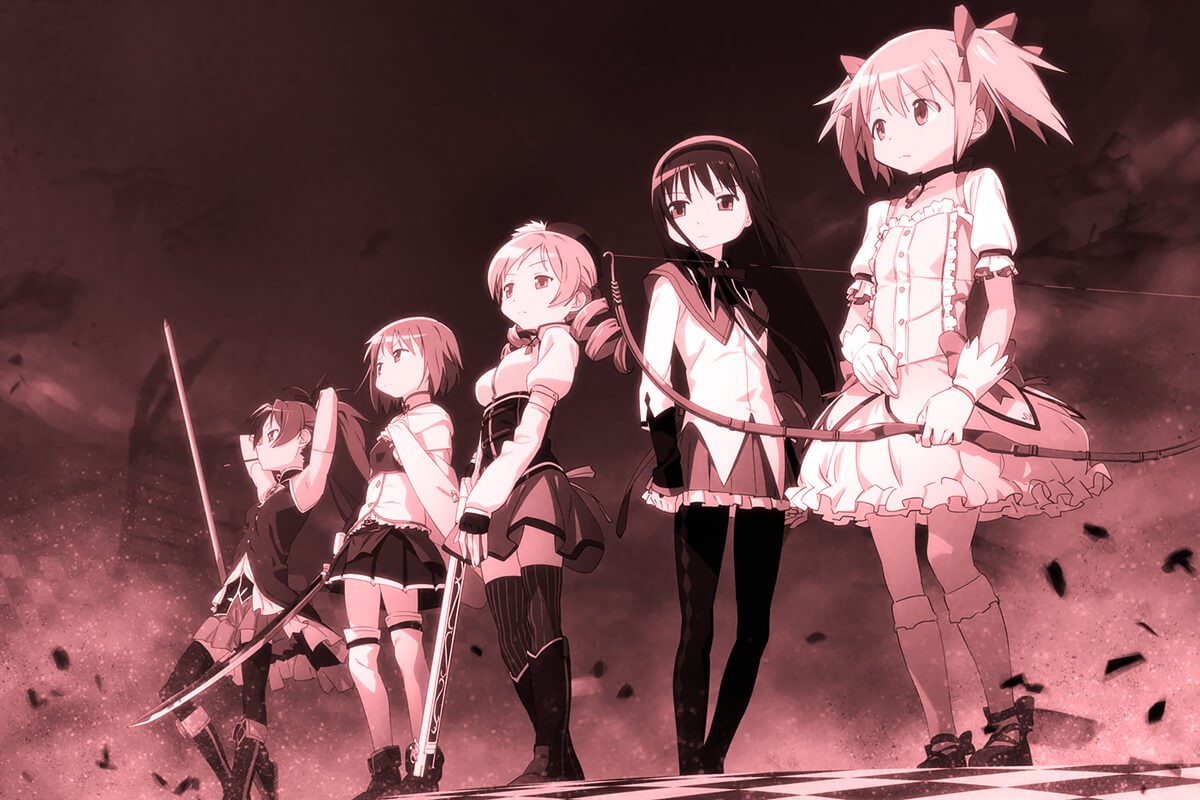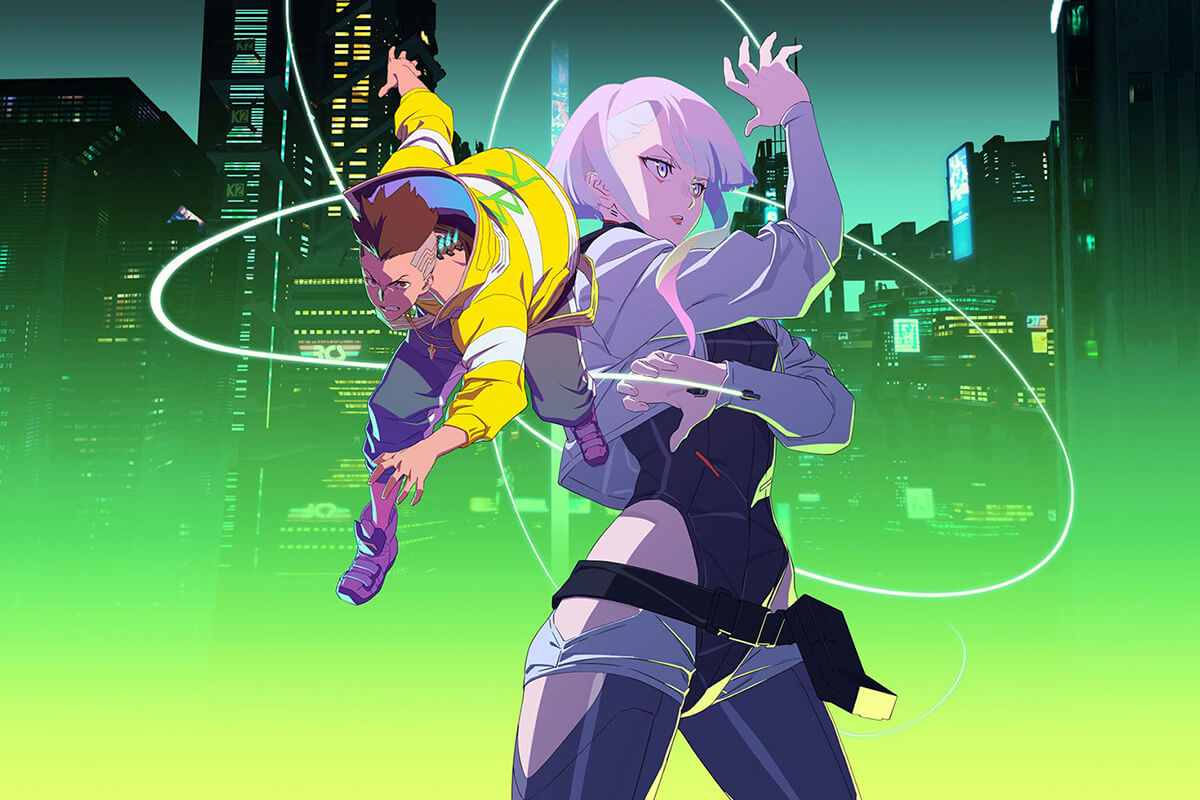Fate/Grand Order Camelot consists of two movies, Fate/Grand Order: Divine Realm of the Round Table – Camelot Wandering; Agateram (2020) and Fate/Grand Order: Divine Realm of the Round Table – Camelot Paladin; Agateram (2021). Even though I will be reviewing them as a set, this will be a spoiler-free review.
These films are adapted from the mobile game, Fate/Grand Order. More specifically, they are adapted from the sixth singularity in the game. That being said, there is a watch order you’ll need to follow to have a better understanding of the events and setup of this series.
Because of this, I first want to talk about when you should watch the Fate/Grand Order Camelot films and what they are about before I get into my full review.
When to Watch Fate/Grand Order Camelot
Since the Camelot films adapt the sixth singularity (chapter) of the Fate/Grand Order mobile game, you’ll want to watch Fate/Grand Order: First Order first. Fate/Grand Order: First Order is a special that adapts the prologue chapter of the mobile game, which the series is based on, so it adds much-needed context as well as introduces you to its main characters and setup of this world.
You may be wondering why they haven’t adapted the previous five chapters of the game and whether or not you need to play the mobile game to fully understand what’s happening in the Fate/Grand Order Camelot films.
The short answer is it depends. If you want the full story, you’ll want to play up through Singularity 5 in the mobile game, but if you don’t want to play the game, it’s not absolutely required. You can get by and you will still be able to enjoy the films as long as you watch Fate/Grand Order: First Order first.
As to why they adapted Singularity 6 without the first five chapters, it’s because, in addition to Singularity 7, which was adapted into Fate/Grand Order Babylonia, it’s a fan-favorite that leaned itself well to an anime adaptation. The setup of Fate/Grand Order, which I’ll get into in the synopsis below, is unique. While it has an overarching story that is introduced in the prologue special, each iteration feels self-contained. Because of its setup, and the fact that it is what I’d refer to as an isekai Fate of sorts, this somewhat works in their favor and it allows them some liberty to jump around in the story.
Of course, there are more anime series to watch in Fate/Grand Order than just the Camelot films. If you want a more in-depth answer and the full Fate/Grand Order watch order, what to watch next after the Camelot films, etc., check out my Complete Fate Watch Guide.
What is Fate/Grand Order Camelot about?
The films are set in the year A.D. 1273, in a time when Jerusalem has transformed into a vast desert, a stark transformation that has uprooted its people amidst the chaos of war waged by three dominant powers. In this desolate landscape, the Knights of the Round Table rally to defend the Holy City and their revered Lion King. Meanwhile, the people of the Sun King Ozymandias and the mountain people each have their motivations, whether it be rebelling against or building their kingdoms apart from the Holy City.
In this setting, one of our main characters is a knight named Bedivere. He is embarking on a mission to the Holy City, which is under the Lion King’s dominion. His journey leads him to Ritsuka Fujimaru, humanity’s last Master, who has traveled to Jerusalem with his Demi-Servant, Mash Kyrielight. Bedivere’s goal, while different than the twos, sees their fates aligned. Together, they are on a perilous quest to restore human history, navigating a world where allegiances are uncertain, and the fate of humanity hangs in the balance.
Highlights
They made some scenes more emotionally impactful
Whenever you see something come to life in animation, such as a mobile game, it’s not only fun to see how different your experience will be watching versus playing the series, but it’s also exciting to see how they adapt certain things. One of the main things I’m looking forward to seeing in addition to the battles is how they not only bring the characters to life but how they translate the emotions of our characters.
There are some scenes in these films that were more emotionally impactful seeing them animated and the interactions between our characters felt real and palpable, and their emotions were beautifully conveyed, particularly Bedivere and Arash.
Our main characters see some development
You’ll feel connected to the series’ two main characters, Ritsuka Fujimaru and Mash Kyrielight, more after watching the Camelot films. You are introduced to them first in Fate/Grand Order: First Order, but it isn’t until the later entries that you get to learn more about them as individuals. We get some much-needed backstory in this series on Mash and the Servant she has inherited in particular and this adds a lot to the story in these films.
More so than that, though, we see their relationship develop more in the Camelot films as they work to overcome the seemingly unsurmountable odds of defeating the Lion King and more. They’ve been through some stuff together at this point, but Camelot is a real turning point in their relationship, particularly in the anime. The way they showcased this growth is exceptional.
The emotions and interactions between the characters felt real and natural
The interactions between the characters in the Camelot films felt real and natural. Their emotions, ideals, regrets, hopes, and dreams were palpable and they felt like fully-realized characters. In my opinion, this is something that the Fate series consistently excels at, and the Camelot films are no exception.
Since our two main characters are outsiders to the world they find themselves in, it would be easy for them to seem out of place. But, they never do. No matter where their journey takes them, in this case to A.D. 1273, the way they interact with and respect the world they are in is deeply touching.
However, I was impressed most by how beautifully the film captured the characters’ emotions and how real and natural their relationships with one another felt. This series is not only about the interactions between the main characters and antagonists but also about how they connect with the local people in the story. This series had a strong sense of community as a result, which further deepened my love for the series.
It takes you on a journey
While watching the Camelot films, you truly feel as though you are embarking on a journey. The way Production I.G and Signal.MD has brought this world to life is nothing short of incredible. The landscapes are mesmerizing, with highlights and shadows playing across them. The skylines shift from beautiful blues to the warmer or cooler hues of dawn or dusk, so you’ll witness some striking scenes in these films.
The cities and villages are designed with remarkable detail, from a quaint village nestled in the mountains to the Sun King’s kingdom, whose focal point is a large and regal pyramid, and the Holy City, a walled kingdom made of stone that seems out of place in this world. While this series is set in a vast desert, it still has a rich world thanks to its unique cultures and settings.
Minor Complaints
The film format made everything feel a bit rushed
Everything that happens in the Sixth Singularity was condensed so that it could fit within two films. While I still enjoyed watching these films, some of the events, character development, and interactions between our characters felt rushed as a result of its shorter format. If this series were to be adapted into an anime, it would have had more room to breathe, more time to develop, and more context could have been given.
Also, while we got some, we didn’t get to see a lot of the lighthearted moments that happen between the characters in this chapter of the mobile game. For the films to have a greater impact, they also moved many of the defining moments and battles forward in the chain of events, which while I don’t mind as much, cut out a lot of the story and development. It was almost as if you were dropped into the middle of the story, left to wonder about some of the previous events without any proper explanation.
I still enjoyed these films and thought they were much better than many people are saying, but I do agree that they sacrificed a lot by adapting this into a 2-part film series versus an anime.
Singularity 7, which was adapted into the anime Fate/Grand Order: Absolute Demonic Front – Babylonia, which consists of 21 episodes, as well as Fate/Grand Order: Final Singularity – Grand Temple of Time: Solomon, which is a sequel film to the series, is proof of what can happen when you give a chapter of Fate/Grand Order more time to shine.
The battles needed more time and attention
While I enjoyed the fights within the series and the clashes we witnessed, the battles felt quick and just when things were beginning to get good or the battles would reach their climax, they’d shift your perspective to another battle. This was particularly evident in the second film.
That’s not to say there weren’t any incredible battles in this series, because there are. The battles with Tristan are some of my favorites. With his bow and the musical notes that would ring with each attack, I couldn’t take my eyes off the screen during his battles. The fights involving Bedivere, Mash, and Lancelot were also amazing to witness.
I feel like they didn’t have the time to take full advantage of the characters’ abilities and the battle sequences that could have resulted from them as much as other Fate series, like Fate/stay night: Unlimited Bladeworks did. And this, I think is largely due to the fact that they released only two films in this series. Some of these battles needed a full episode’s time to fully sink into them, especially given that at many times in these films multiple fights are happening at once.
Final Thoughts
Since they are films, I will say that they did rush the events a bit in comparison to the mobile game, but I think they did an amazing job at bringing specific moments to life in the anime. They made some things more emotionally impactful and the animation is beautiful.
Overall, I am happy with these films and they are great watches, but I think an anime series with more episodes would have given them time to provide even more background and context. Even so, I still really enjoyed these films because, as mentioned previously, they took the emotionally charged scenes from the game and made them even more impactful and the character interactions feel authentic.
On top of all that, they give the main characters of Fate/Grand Order, Ritsuka Fujimaru and Mash Kyrielight, some development. As you watch these two films, you are taken on a journey through beautifully crafted landscapes and cities. For these reasons and more, I highly recommend checking them out.
Where to Watch the Fate/Grand Order Camelot Films
The Fate/Grand Order Camelot films are not available to stream on any platforms right now, but you can watch them via the Blu-ray box sets released by Aniplex of America. There are two box sets, one for Fate/Grand Order: Divine Realm of the Round Table – Camelot Wandering; Agateram and another for Fate/Grand Order: Divine Realm of the Round Table – Camelot Paladin; Agateram.
Want to know the full Fate watch order? Check out our Comprehensive Guide to Fate.
